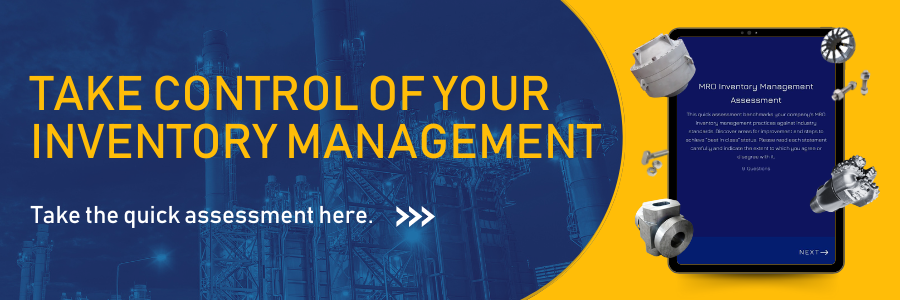What is Asset Management?
Most industrial companies make capital equipment purchases on a regular basis. Much care is taken to ensure the equipment item is fit-for-purpose, competitively priced, and properly accounted for in terms of how the budgeting for funds to purchase (and possibly finance) the equipment is managed.
Instead of asking, “What happens next?” … let’s ask, “What should happen next?” That’s the entry point for defining “Asset Management.”
Here we are discussing Asset Management in an industrial setting. If the average person recognizes the term Asset Management, usually the thought that comes to mind is the management of financial assets to produce a planned return. However, we are speaking, in this blog entry, of physical equipment assets. Let’s consider the purchase of a new draw works or deck crane for an offshore drilling facility. Hundreds of thousands of dollars will be spent with the intention of utilizing this equipment for decades based on the life expectancy of the equipment and drilling facility. However, this begs a key question: ”How will the company ensure the equipment is maintained properly so that it continues to be operational and completely fit-for-purpose over this entire lifespan?” Do the equipment owners/operators actually know there is a specific number of years the equipment is expected to be functional in order for its output to justify the expense?
Based on the above example a good working definition of Asset Management could be framed as follows:
“The life cycle management of physical assets to accomplish the intended outputs of the organization.”
Why is this important for your business? Let’s face it…most operators of equipment in plants, on oil rigs, and in the field are pressed to produce. We have all been there—management has made it clear that downtime is not acceptable, production must always meet established goals, and maintenance costs must be managed (read “minimized”) on a continuous basis. So, let’s ask: who is the advocate in your organization for taking the steps necessary to maintain expensive and critical assets, so their intended output satisfies the objectives of management over the long-run …meaning 5, 10, 20 years depending on the equipment? Who owns this important responsibility? What is the process your company follows to achieve excellence in this area? Who champions Asset Management at the executive level in your business? Functionally speaking of Asset Management answers to these questions constitute a working definition (vs just a textbook definition) of Asset Management.
In future blogs we will delve more deeply into these questions and arrive at usable answers, but in the mean time I challenge you to begin the questioning process in your company and see what happens. Whatever the outcome it will be time well spent.
Author
Jerry Rodgers, Sr. Asset Manager, RigServ
Inventory Management Solutions
Asset Management Solutions
Distribution Management Solutions




